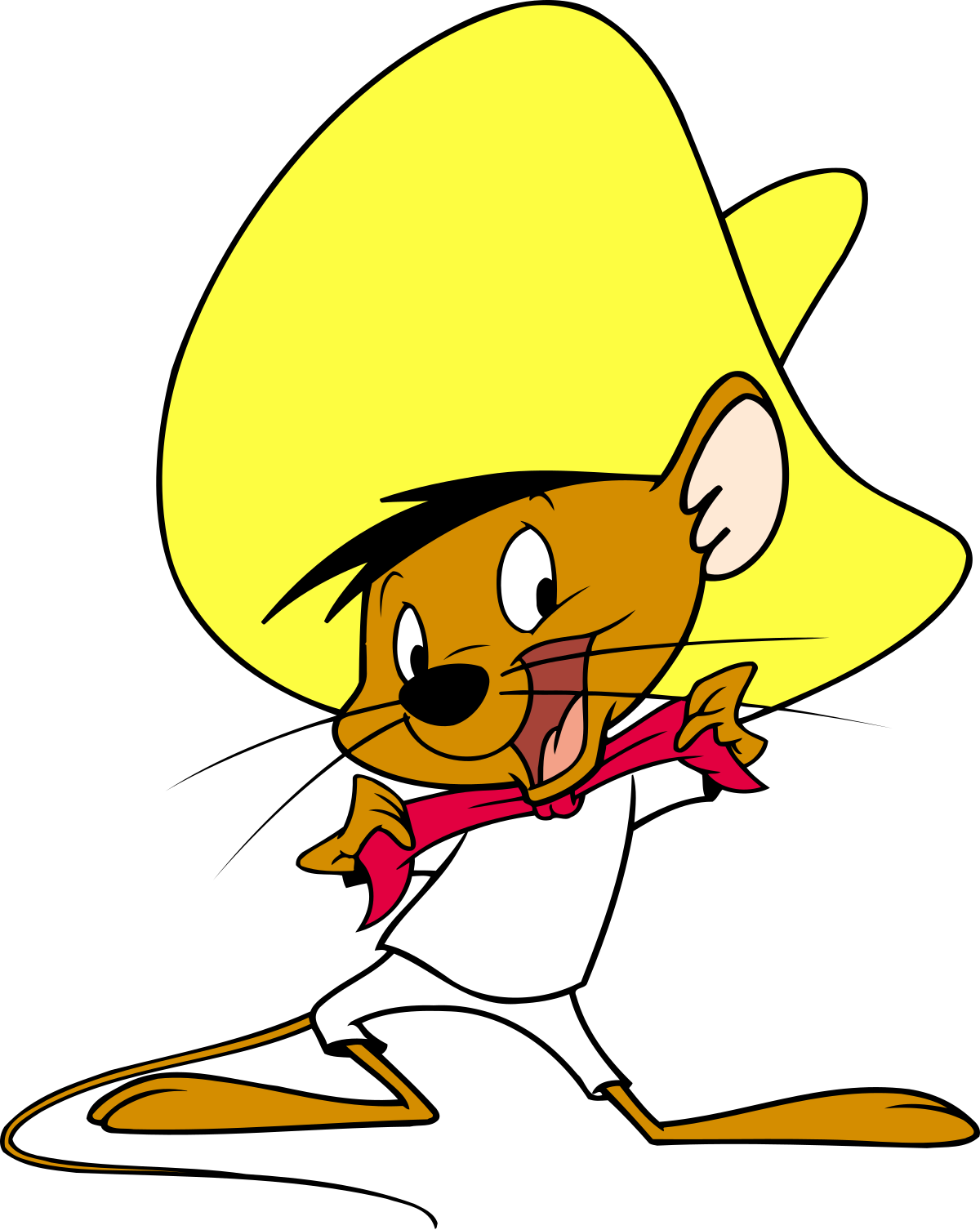
Is the animation of today demonstrating a shift toward greater racial sensitivity and a more accurate portrayal of diverse cultural backgrounds? It was just a few years ago that characters such as Speedy Gonzales and Baba Looey were the most well-known Hispanic characters on television – and these were cartoon characters!
Even “Peter Pan” – one of the most well-loved feature-length cartoons of all time – can easily be accused of racial insensitivity (if not downright racism) for its unintentionally offensive portrayal of Peter and the Lost Boys dancing in Native American head dresses. In the film, indigenous characters are called “Redskins” or “savages.” While modern audiences see such comments as obvious examples of insensitivity and racist stereotypes, 60 years ago, these scenes would not have raised a single objection from most viewers in “middle America.”
The Disney+ streaming service has added a warning label to the beginning of this movie (as well as to such films as “Dumbo,” “Fantasia,” and “Lady and the Tramp,”) stating that the film “includes negative depictions and/or mistreatment of people or cultures."

The warning label goes on to say that such "stereotypes were wrong then and are wrong now. Rather than remove this content, we want to acknowledge its harmful impact, learn from it and spark conversation to create a more inclusive future together.”
Of course, today, Disney (and other film producers) is clearly striving to produce quality movies that more accurately portray diverse cultures. For example, in recent years Disney has released movies such as “Coco” which shows many of the traditions and cultural arts of Hispanic heritage. Additionally, “Encanto” was released in 2021 and was developed with the intention of accurately portraying many aspects of Colombian culture.
In a recent Variety article, it is noted that the production team on “Encanto” travelled to Colombia to become more familiar with the arts and architecture of that country and to incorporate all of this into their film. The impact of that trip is reflected throughout the film, in everything from the costumes to the characters.
This effort to more accurately portray diverse cultures has had many other positive results. The characters in these films are far more interesting than their predecessors. Rather than the cute but one-dimensional Speedy Gonzales, “Encanto” presents us with Maribel, an independent young woman who strives to work hard and prove herself worthy of her family. She shows compassion, strength, and perseverance throughout the film. Through Maribel, “Encanto” shows that people of diverse backgrounds often work very hard to provide for their families while defining their own roles in their communities.
In addition to presenting interesting characters, “Encanto” also conveys meaningful messages about the value of determination and honesty. Hopefully, the movie industry will continue to develop interesting characters who help all audiences of all ages to better appreciate the diverse cultures of the individuals who make up our modern society.